One recent afternoon, we noticed that the seats in Mallard’s cab had started to become worn, torn and slightly damaged—but as one visitor commented, so would he if he was 80 years old! Like many museum objects, the driver and fireman’s seats were functional and would have been replaced and repaired throughout the locomotive’s working life. Now they’re part of the museum’s collections, though, it’s our responsibility to preserve the seats as they were at the time we acquired them.
The seats are composed of horsehair, which is covered with calico and then with a linseed oil-based leatherette in LNER garter blue. The seat covers are secured into place with furniture tacks, and the seats screwed onto metal frames in the cab.
Over time the leatherette has become brittle with age, torn in places through wear, admiration and along the folds where it has been pulled into shape around the horsehair cushion. The original calico lining has torn in the same areas, leaving the stuffing exposed.
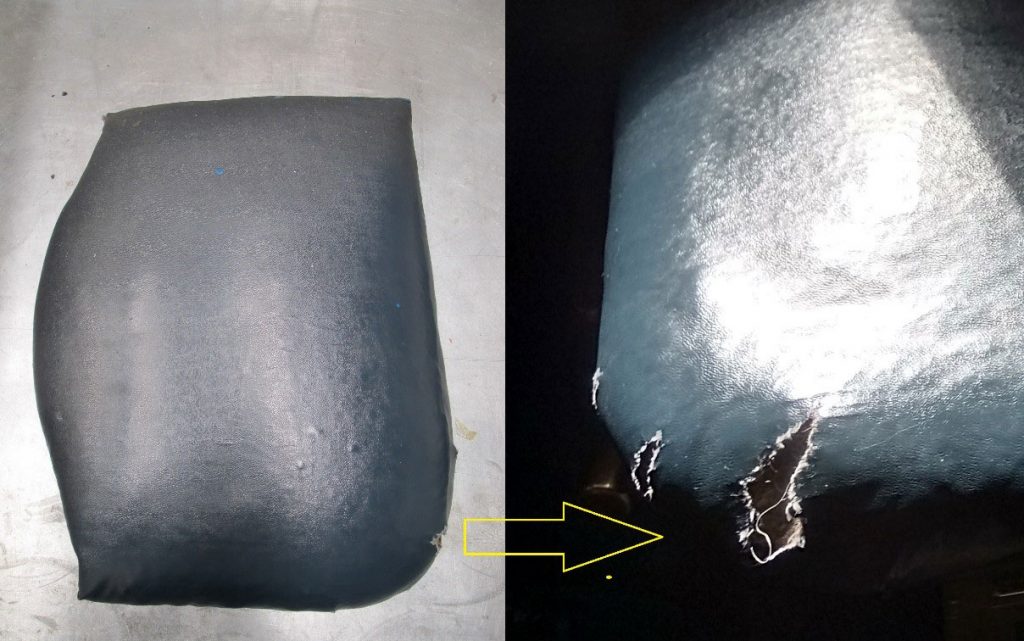
Treatment
Deciding how to treat an object depends on how it will be used and presented in a museum environment. Mallard is open to visitors and so the seat needs to be conserved to a standard that is robust, but maintains the original cover and shows the conservation process used on the seat.
The same skills and tools originally to produce the seats are also used to conserve them. We’re working with an upholsterer who uses traditional craft skills and has experience with railway upholstery. Together we have developed a plan to remove and treat the seats.
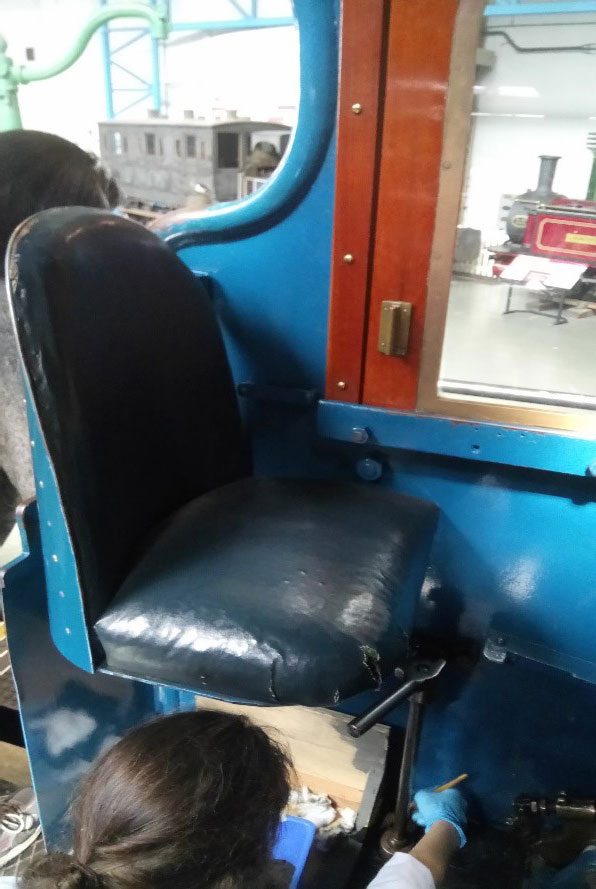
They will be removed by conservation, who will clean them and record the condition. The seats will then be removed from site and repaired in a workshop whereby the horsehair stuffing will be replaced with contemporary horsehair that has been manufactured in the same way. The calico will also be replaced and dyed to a similar shade of blue to the leatherette, and will then cover the new horsehair stuffing.
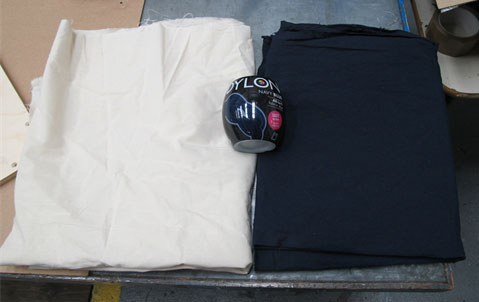
Discovery!
Upon removing the seats, we made a slightly unwelcome discovery—common clothes moths had nestled into the horsehair through the damaged seat cover. Clothes moths will usually eat collection objects that contain protein, such as items made of wool or in this case horsehair. They are common in Britain due to warmer and wetter weather in experienced in recent years—find out more about why moths are a conservation problem.
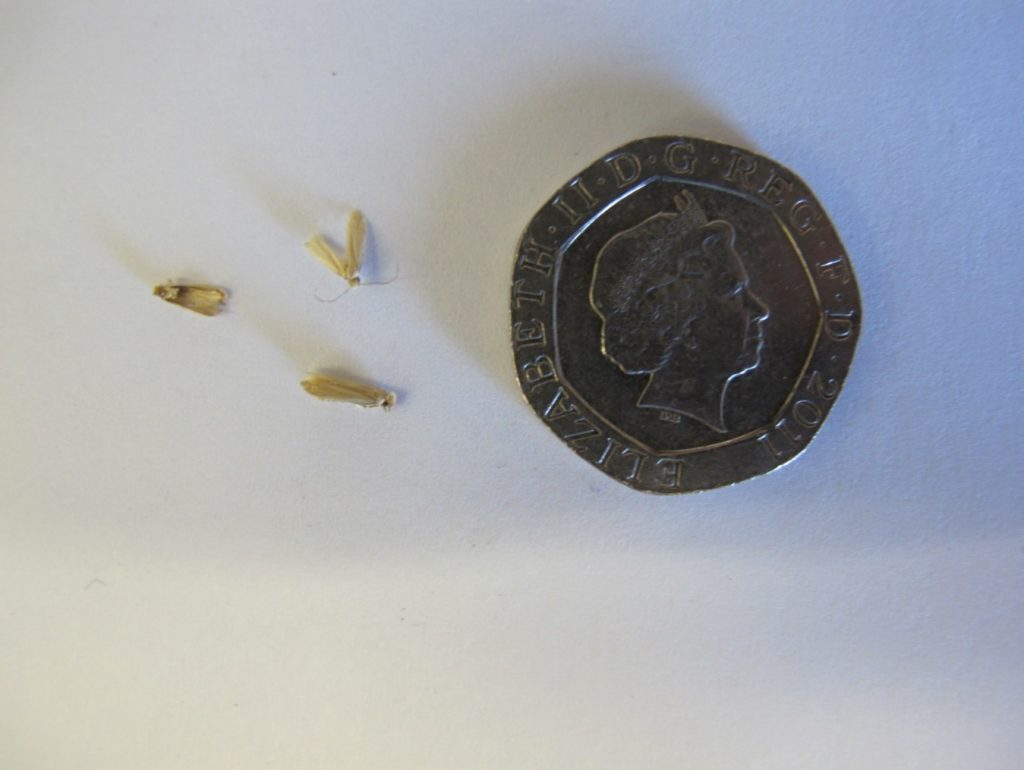
To remove the moths, the seats are being freeze-treated in conservation. They are wrapped in two air-tight layers of polythene, to avoid ice forming which could damage the original material, and then placed in the freezer for about two weeks—enough time to kills the moths and their larvae.
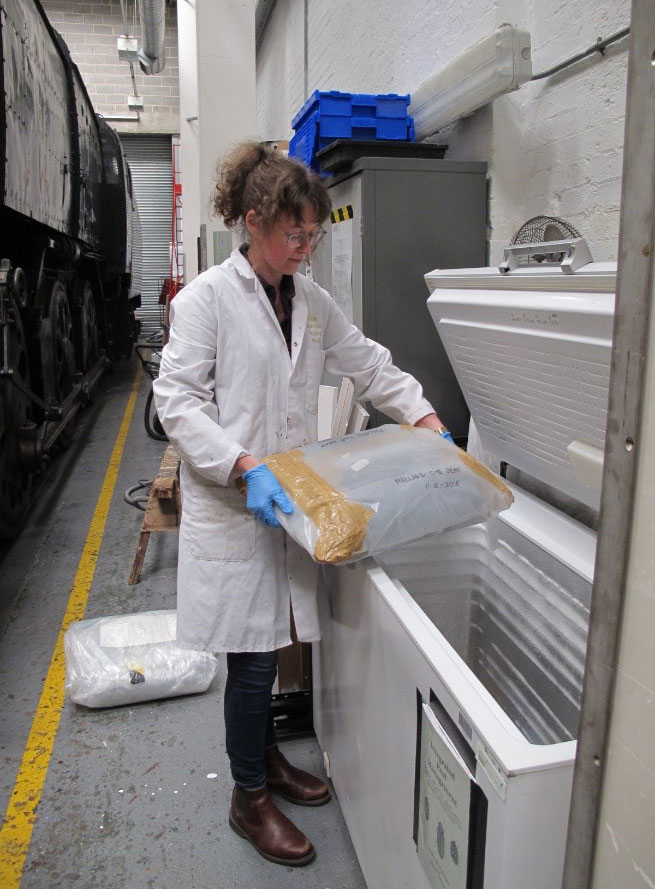
A perfect birthday present
The new horsehair stuffing will remove the threat of clothes moths completely. Once covered with the newly dyed calico, the original leatherette will cover the seat itself using the original folds and shape the leatherette has formed into.
The finished seats will be returned to the museum in time for Mallard’s 80th birthday.
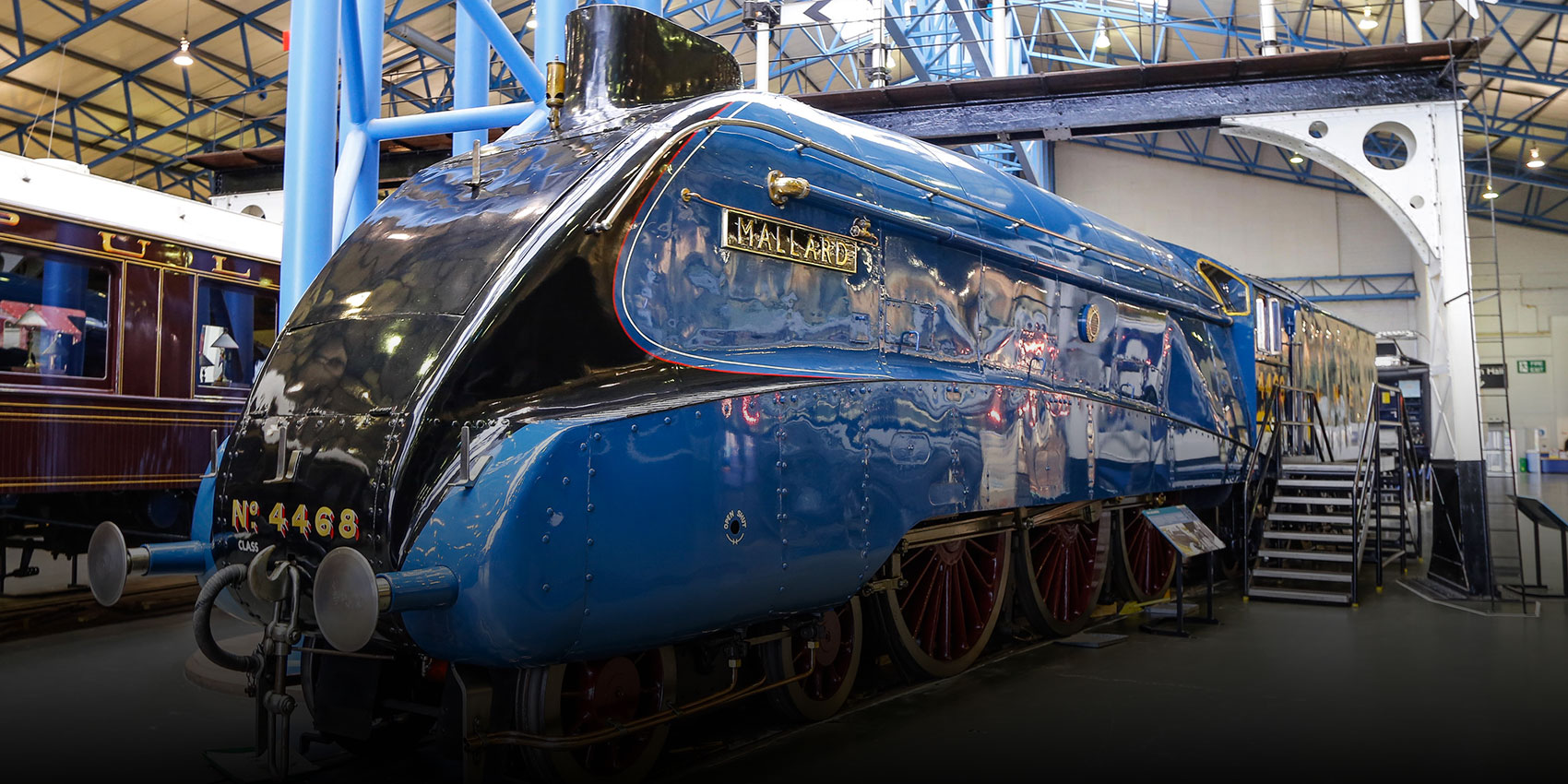
I visited today and noticed that mallard had no seats and only a metal frame I thoroughly enjoyed looking around the locomotives and it is my one and only wish that I shall get to ride mallard before I die
Me interesa de sobremanera saber si Uds. disponen de personal especializado en el mantenimiento de los relojes de ferrocarril? Fui tiempo atras, Jefe de Taller de Relojeria de la linea Gral. Roca y otras lineas ferroviarias de Argentina. Sería de sumo interes para mi, intercambiar datos y conocimientos si es que tienen entre Uds, este tipo de personal idoneo trabajando. Actualmente trabajo en el Museo Nacional Ferroviario, en Buenos Aires. Esperando su respuesta, saludo a todos Uds muy cordialmente